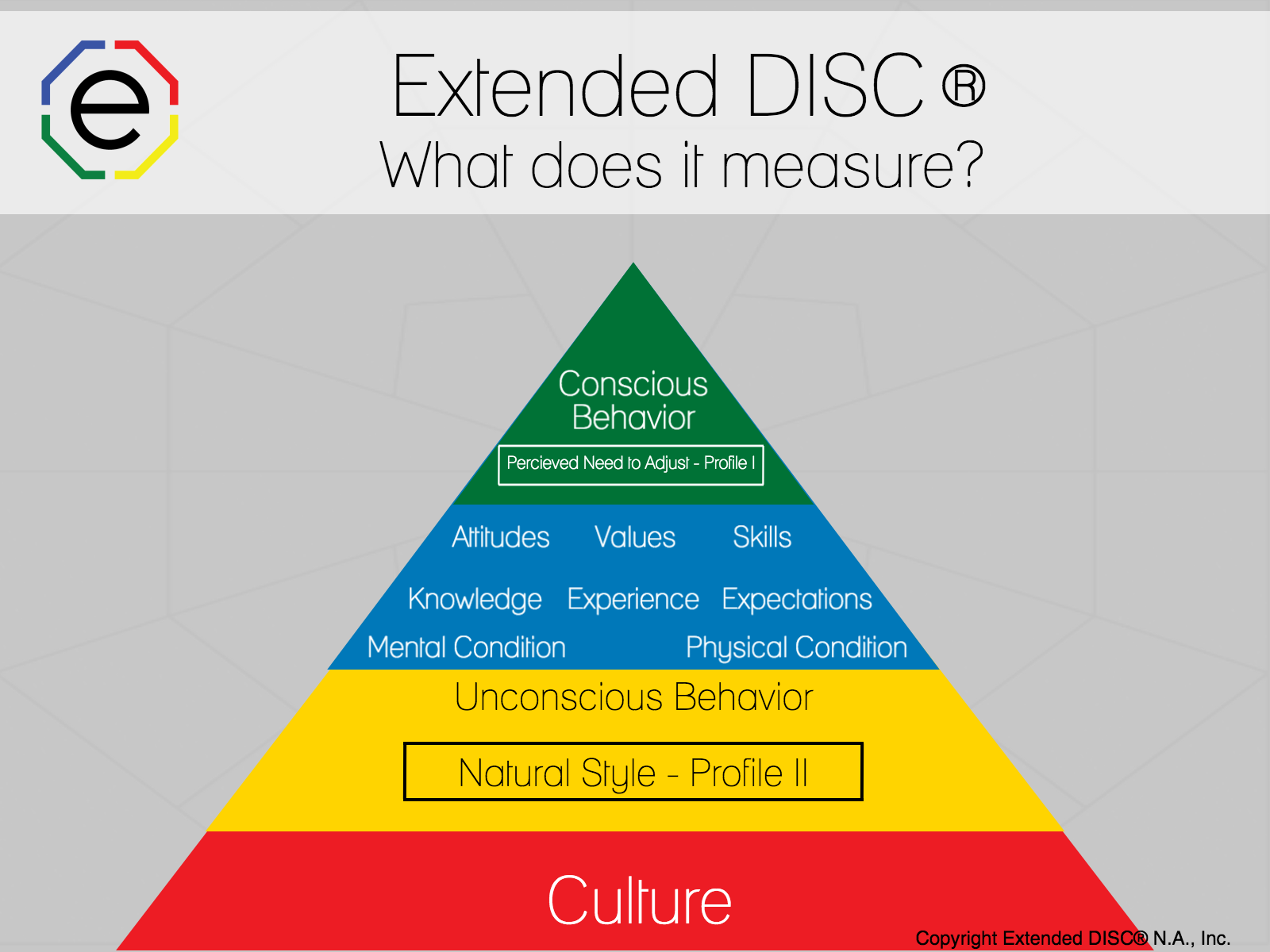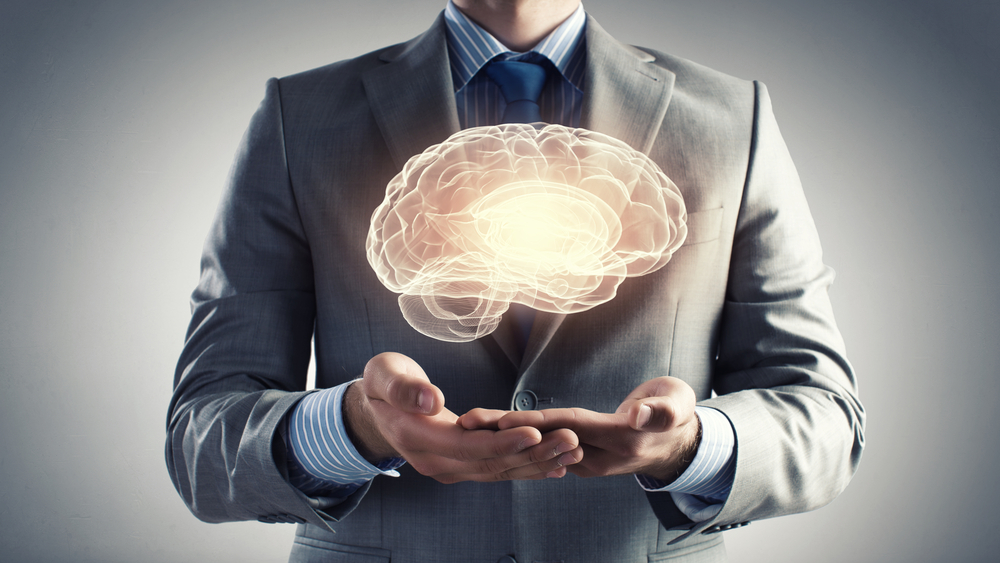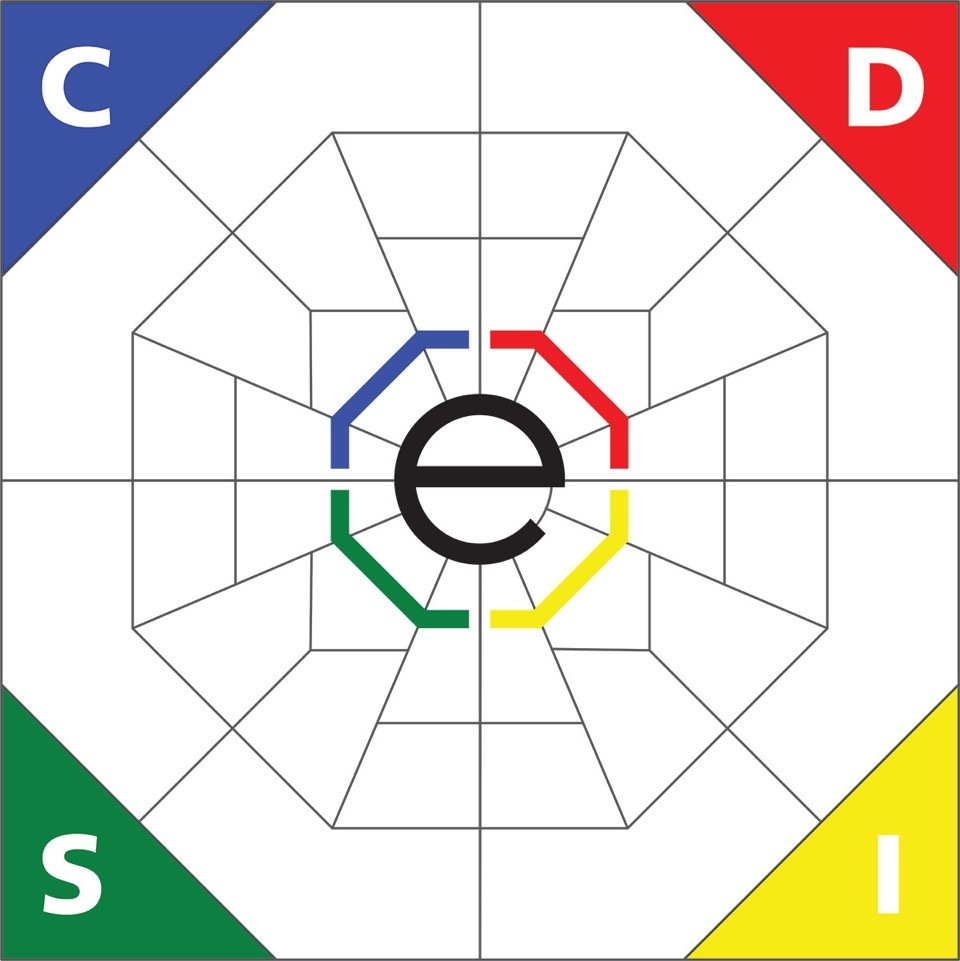DISC tools are commonly used to enhance workplace communication, but do you actually know what DISC does and doesn’t measure?
DISC is a powerful tool because it is easily understood and practical to use. Most of us don’t need to know the methodology behind it; we just want to know if we can trust the results. However, if you’re curious as to what the Extended DISC® Tool measures and doesn’t measure, read on!
The Extended DISC® Model

The Extended DISC® model was developed in the 1990s by Extended DISC CEO, Jukka Sappinen. The Model identifies 160 different combinations types of behavior based on the DISC Model.
What does it measure?
It is designed to observe and analyze behavior. It does not classify people as good or bad. There are no better or worse DISC styles; only different. It should never be used to make sole decisions about a person.
The Extended DISC® Model is designed to provide information to support personal development. It helps to identify a person’s comfortable behaviors, motivators, natural strengths and development areas.
In the Model, there are 4 critical layers to human capacity. They are cultural heritage, unconscious behavior, behavioral filters, and conscious behavior. We know the Extended DISC tool measures behaviors. Now, let’s understand each of the layers to find out what the Tool doesn’t measure.
Conscious Behavior
 The outermost layer of the Model is our conscious behavior. This is our learned behavior and tends to be the most unique thing about us. It is how we feel we need to respond to our present environment or technically, it is our determined, best possible approach to stimuli if pressures don’t prevent it.
The outermost layer of the Model is our conscious behavior. This is our learned behavior and tends to be the most unique thing about us. It is how we feel we need to respond to our present environment or technically, it is our determined, best possible approach to stimuli if pressures don’t prevent it.
We are consciously adjusting our behavior to different environments so our conscious behavior changes as our environment changes. It is a combination of the pressures from our environment and our inner behavioral motivations. In order to interact successfully, we should be aware of our behaviors and know when to adjust.
In the Model, conscious behavior ties to Profile I – Perceived Need to Adjust in the Extended DISC® Assessment. You can think of it as your work or role behavior. As, the title suggests, it is our perceived need to adjust our style to meet the demands of our current environment.
Behavioral Filters
 The next layer in the Model are the Behavioral Filters. Behavioral Filters are distinctly individual. They can be utilized and changed quickly. The most important Behavioral Filters are attitudes, values, skills, knowledge, experience, physical condition and mental condition.
The next layer in the Model are the Behavioral Filters. Behavioral Filters are distinctly individual. They can be utilized and changed quickly. The most important Behavioral Filters are attitudes, values, skills, knowledge, experience, physical condition and mental condition.
These are personal to every individual and can be influenced and changed quickly if we desire. They guide our options for behaving and communicating. Some of these filters are learned and some describe our present condition.
The Extended DISC® Assessment does not measure a person’s Behavioral Filters.
Unconscious Behavior
 Unconscious Behavior is the way we prefer to respond to a stimulus and how we naturally express ourselves. It differentiates us from others even though we may share cultural norms.
Unconscious Behavior is the way we prefer to respond to a stimulus and how we naturally express ourselves. It differentiates us from others even though we may share cultural norms.
The behavior at this level is the most natural for us. It is the behavioral style we find less stressful and requires the least amount of energy from us. Besides being the behavioral style we most often use, it’s also the style we use when we feel strong emotions, are under pressure, or in a situation when we respond spontaneously.
Extended DISC® Profile II – Natural style is most closely associated with a person’s unconscious behavior.
Cultural Heritage
 Cultural Heritage describes all that we’ve adopted in our lives. It includes cultural norms, behavioral standards, ethics and morals of our culture that we’ve learned and experienced. It tends to be a set of commonalities we share with people within our cultural groups and we do not transfer it to others. We may learn it from our parents, friends, at school, etc.
Cultural Heritage describes all that we’ve adopted in our lives. It includes cultural norms, behavioral standards, ethics and morals of our culture that we’ve learned and experienced. It tends to be a set of commonalities we share with people within our cultural groups and we do not transfer it to others. We may learn it from our parents, friends, at school, etc.
We may not be consciously aware of it and tend to carry it within us wherever we go. For example, think about expat managers who are working abroad. They may have a very different approach to how they lead their teams and how business is run.
Cultural Heritage is not something that The Extended DISC® Assessment measures.
Why Does Extended DISC focus on Unconscious Behavior?
 You can think of the Tool as measuring the energy of our behavioral capacity. There are behaviors which don’t take energy and feel natural and there are behaviors which take more energy and don’t feel natural. We’ve learned that Conscious Behaviors tie to Profile I – Perceived Need to Adjust and Unconscious Behaviors tie to Profile II – Natural Style. The Model does not measure a person’s Cultural Heritage or their Behavioral Filters.
You can think of the Tool as measuring the energy of our behavioral capacity. There are behaviors which don’t take energy and feel natural and there are behaviors which take more energy and don’t feel natural. We’ve learned that Conscious Behaviors tie to Profile I – Perceived Need to Adjust and Unconscious Behaviors tie to Profile II – Natural Style. The Model does not measure a person’s Cultural Heritage or their Behavioral Filters.
Essentially, it measures a part of who we are, but it doesn’t give us a complete picture of a person. The Tool cannot identify a person’s knowledge, attitudes, skills, mental or physical health, or values. It doesn’t know what cultural heritage a person brings with them. That’s the reason it should never be used to make sole decisions about a person.
Ultimately, the Tool focuses on behaviors because they are a layer to our human capacity that we can modify to be more successful.
Contact us for more information at info@ExtendedDISC.org
